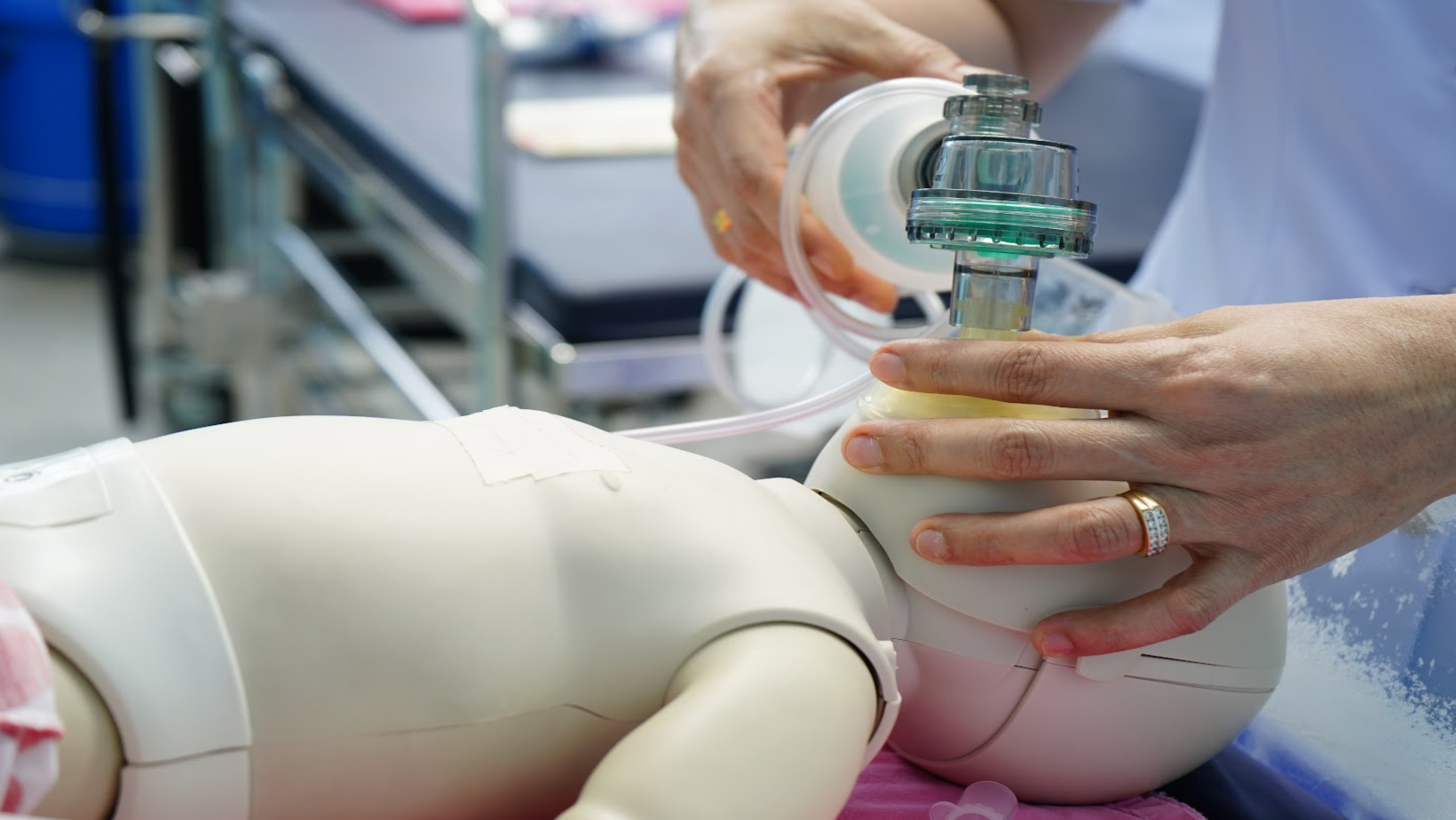


CPR is the key to life in an emergency situation. It’s a skill that everyone should know and be able to perform. It can help keep blood flowing through your body until paramedics arrive or a defibrillator is used to restart your heart.
There are two levels of CPR: basic and advanced, depending on your training. Both forms of CPR ensure oxygen gets into your lungs and blood gets pumped around your body, but the advanced version also involves chest compressions to get more oxygen into your heart.
CPR requires that you keep going until help arrives because it’s not possible to tell if someone has been revived until they start breathing again on their own.
If you’re not trained in CPR, don’t worry! We can teach you everything you need to know about this life-saving technique at our Advanced Resuscitation HLTAID007/HLTAID015 course in Perth.
Cardiopulmonary resuscitation (CPR) is a life-saving skill that everyone should learn. CPR can help you save lives in an emergency when someone becomes unresponsive and stops breathing.
The most common cause of death in the United States is cardiac arrest. Each year, more than half a million Americans experience sudden cardiac arrest outside of a hospital, and despite advances in CPR training, less than 20% survive to leave the hospital.
When you are trained, you learn how to give someone breaths and compressions to keep blood flowing through the body until medical help arrives. CPR is typically used for cardiac arrest when an electrical disturbance in the heart causes it to stop beating. When this happens, the person’s lungs stop working, and they begin to breathe shallowly or not at all.
CPR can also be helpful in other types of emergencies, such as near-drowning events or heart attacks where the person’s cardiac function has been compromised by a lack of oxygen supply to the heart muscle.
It’s important to know that CPR isn’t just for adults; it can also be used on children and infants.
When someone experiences SCA, their heart stops beating. This means they’re not getting oxygen to their brain, which can cause them to lose consciousness within minutes. If the person doesn’t receive critical care right away, they may die—but there are things you can do right now to help them get the treatment they need.
Here’s how to perform on children, adults, and pets:
Studies have shown that an average of 4-6 minutes of CPR before an AED can save lives, but many people are not trained in CPR or are hesitant to perform it on someone else due to fear of getting injured or feeling uncomfortable with performing chest compressions.
With training in Advanced Resuscitation in Perth, you’ll learn advanced resuscitation techniques, and interventions to take your resuscitation skills to the next level! We cover proven methods of managing a patient in cardiac arrest, ventilatory failure, traumatic incidents, respiratory distress, and shock. This will benefit not only Paramedics but also nurses and doctors.